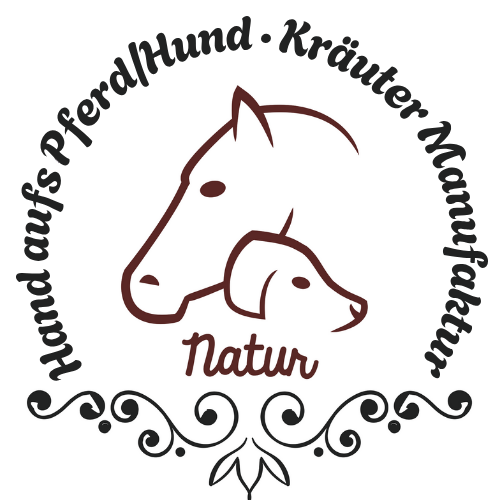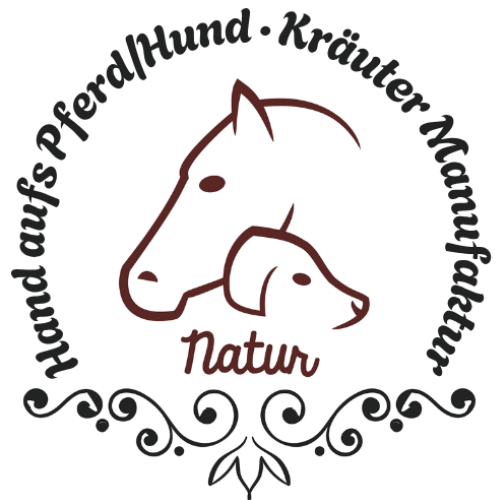
Dampness in horses
Dampness in horses - prevention and treatment
Hives in horses can be a serious condition. It can affect both their breathing and their overall health. Here you'll find information on the prevention and treatment of hives and therapy in horses. We'll explain the symptoms and causes of hives, offer preventative methods, and take a closer look at diagnosis and treatment options. We'll also show you what you can do to prevent and treat hives through diet and exercise, and how you can protect your horse with preventative care and attention.
Dampness in horses what is that
Stuffiness in horses is caused by a variety of factors. It is a chronic lung disease that destroys the bronchioles. The bronchi become inflamed and constricted. Air exchange is limited. The horse has difficulty breathing. This is known as pulmonary fibrosis.
Symptoms
Symptoms of hay fever in horses can be very diverse and range from coughing, shortness of breath, and nasal discharge to weight loss, loss of appetite, and reduced performance. Elevated body temperature and inflammation of the mucous membranes in the mouth and throat can also indicate hay fever. However, chronic coughing with phlegm and increased mucus production in the respiratory tract are particularly typical. Early detection of symptoms is important for prompt action and treatment of the cause. Possible concurrent diseases such as hay allergies or infections should also be ruled out.
Causes
A common cause is untreated bronchitis. The second most common cause is poor air quality in the stable, which can be caused by inadequate ventilation or too many horses in a confined space. Allergic reactions to dust or mold in hay and straw can also trigger dampness. Another factor is overfeeding or an improper diet. These lead to obesity and digestive problems, which in turn promote the development of dampness. Stress and lack of physical activity also contribute to a horse's susceptibility to dampness.
Diagnosis and treatment of hematurity in horses
This condition should be diagnosed by a veterinarian. The veterinarian will examine the horse thoroughly and may take a blood sample. Once the diagnosis is confirmed, the veterinarian may recommend treatment. Treatment for hemophilia in horses usually involves the use of medications such as antibiotics or corticosteroids. These medications can help reduce inflammation and relieve symptoms. In addition, the veterinarian may also recommend other therapeutic measures, such as inhalation therapy or physical therapy. However, it is important to note that treatment alone is not enough. To ensure the horse makes a full recovery and prevent future episodes of hemophilia, changes must be made to the horse's husbandry and care. This can be achieved through adjustments in feeding and regular physical exercise.
Stuffiness in horses – Bronchial herbs for daily feeding
Physical exercise as a method for preventing dampness in horses
Physical exercise can be an effective method for preventing choking in horses. Sedentary lifestyles and a lack of physical activity can lead to reduced lung capacity and increased carbon dioxide levels in the blood, which poses a further risk for respiratory disease. Your horse should get plenty of exercise, such as regular walks, lunging, or riding, which helps strengthen the horse's muscles and improve its lung function. The animal's physical capacity should not be exceeded to avoid injury.
Dampness in horses - What you can do
An important role is played by the Nutrition of the horse. Your horse should have sufficient hay and straw available, and this must be of good quality. Regularly changing the bedding also helps prevent the growth of mold or bacteria. Strengthening the immune system can also be beneficial. Physical activity is also very important for the horse. However, individual factors such as age, health, and training level should be taken into account. Regular mucking out of the box and good ventilation in stables are also crucial for preventing dampness in horses. In addition, preventative care and attention can help minimize the risk of dampness. Thorough cleaning of the saddle and Accessories are useful here.
Source: Martina Hemm October 2024
Hand aufs Pferd/Hund Kräuter Manufaktur
Bronchial herbs for horses - Breathe through




